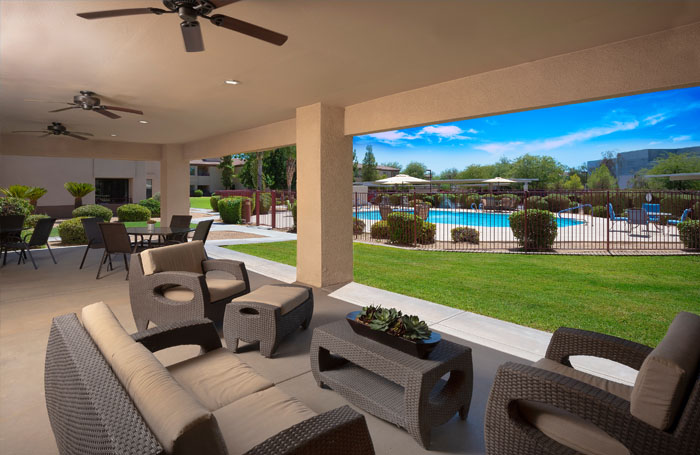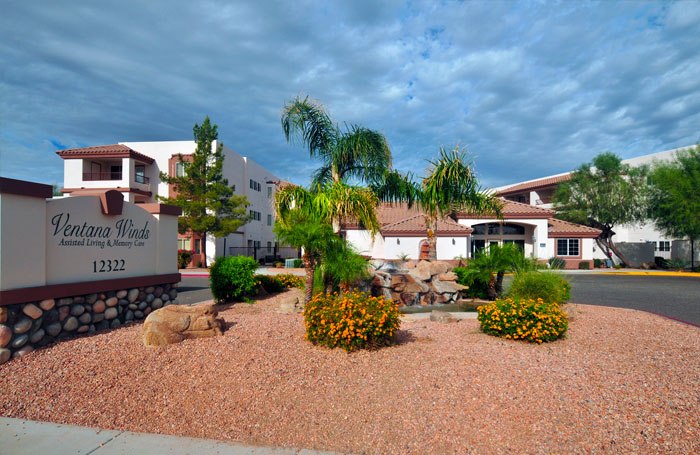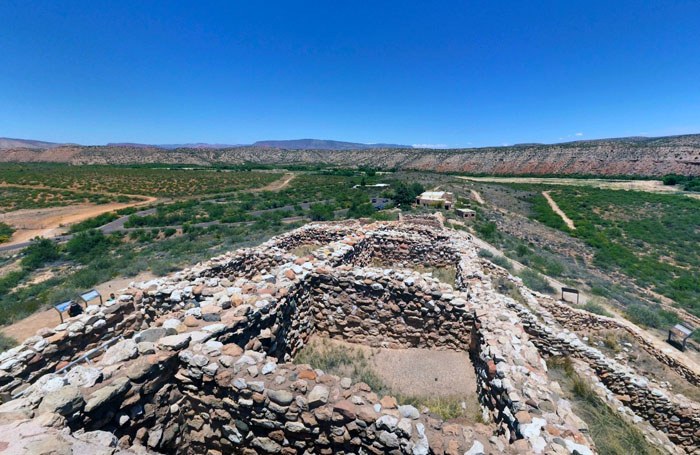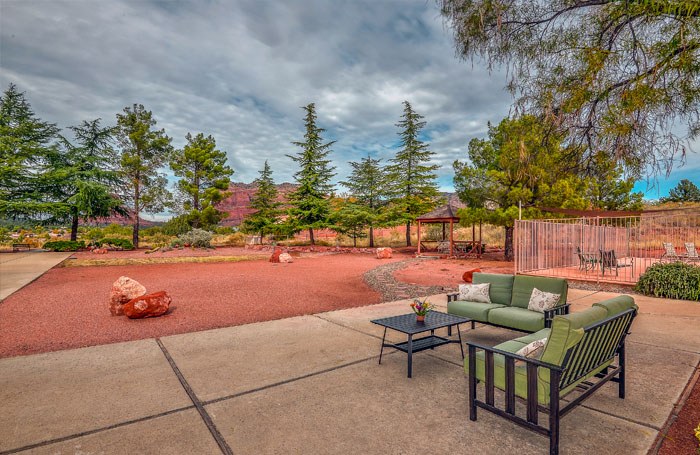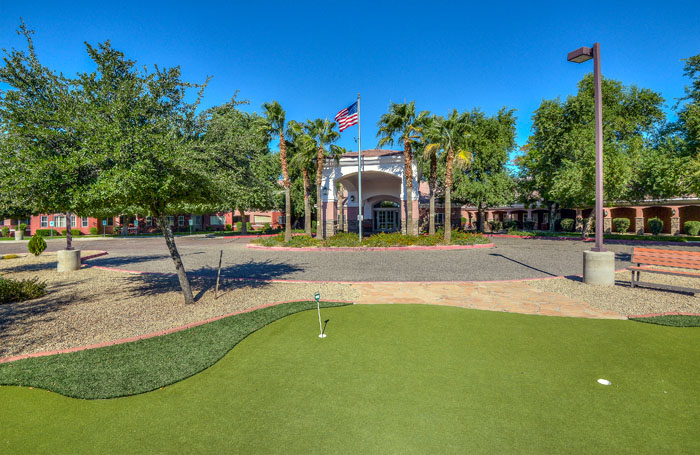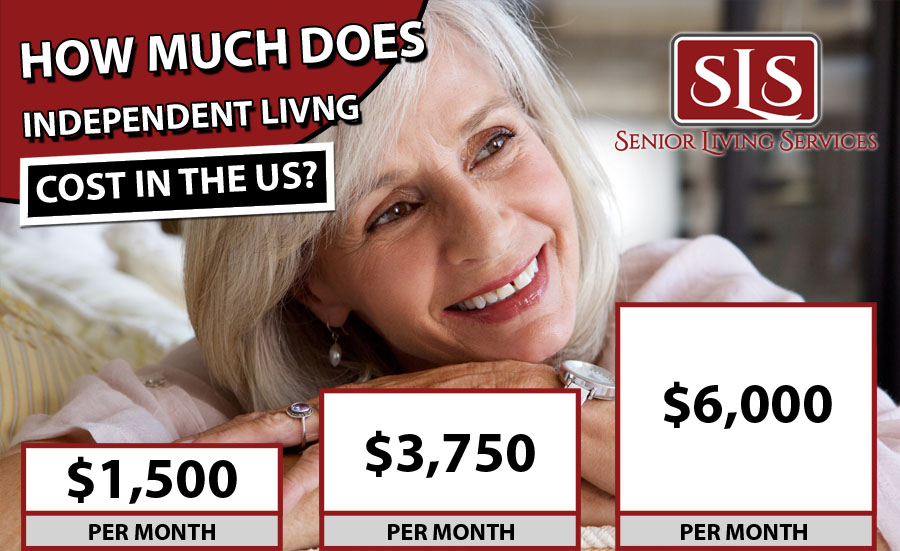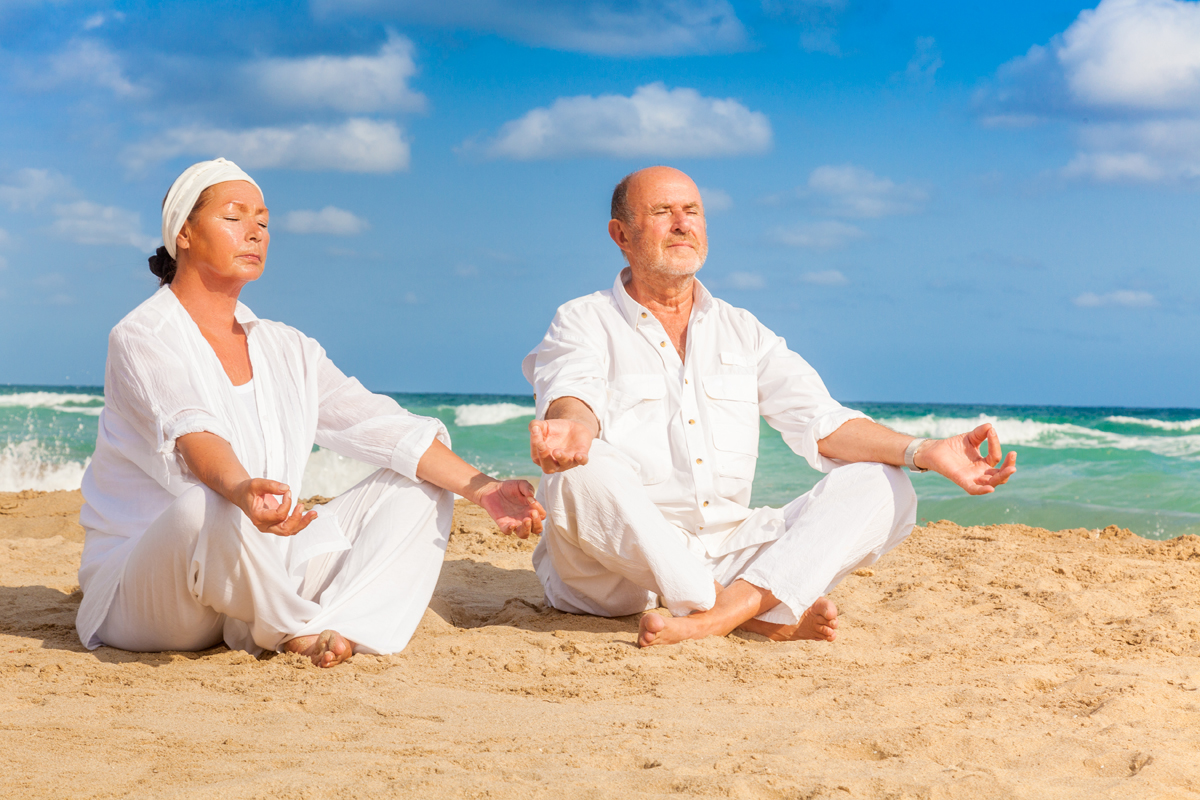Best Places To Retire in Arizona 2022

If you are searching for the best places to retire in Arizona for 2021, this guide should help! Furthermore, SLS Communities has great retirement locations in many exciting areas of Arizona. Thousands of retirees flock to Arizona each year to enjoy the moderate climate, escape the snow, and enjoy a state that has dedicated communities, towns, and cities for retirement age Americans.

We have found a wide variety of places for you to look at when considering your retirement options in Arizona. This list contains something for every senior. If you are looking for a suburban location close to all the major conveniences and facilities we’ve got you covered. But if you are after a more rural, country setting, where you can enjoy the great outdoors in peace, we have options for you too!
Our list looks at a number of factors, the kind of community it is, does it have a diverse population or is it more senior-oriented, what is it like to live there, what can you do when you live there, how close is it to amenities and so on.
In short, we hope it will give you a snapshot of what these places will be like should you choose to live there.
-
Sun City, Arizona
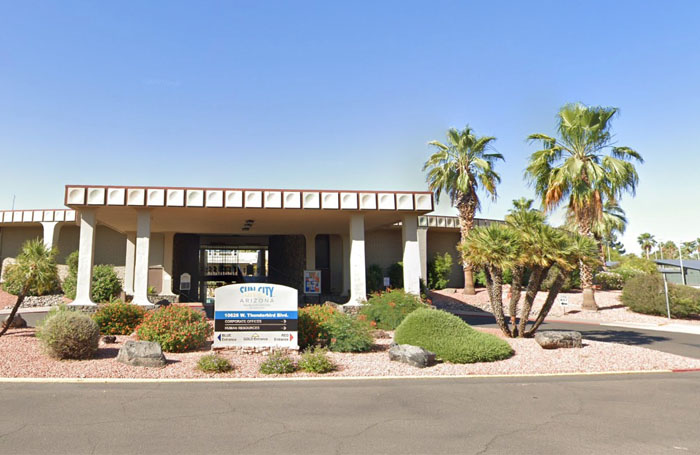
An exciting and vibrant planned retirement community just west of Phoenix, Sun City has the reputation of being perhaps the most senior-oriented city in the state. It features great stores, from the well-known chains to small boutiques, a wide array of medical professionals and facilities geared for the senior. Also, in many areas licensed golf carts can travel on roads! With nearly three-quarters of the city being of senior age or above, you will feel right at home with many social clubs and sports like pickleball, bowling, and golf.
-
Sun City West, Arizona
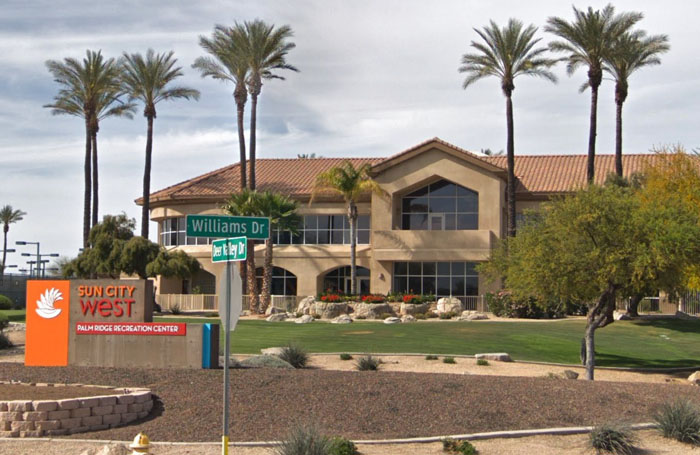
Sun City West has grown quickly and established itself as one of the top 25 places in the nation to retire to and with good reason! Like Sun City, it was planned and built with the senior in mind. Although not quite as large as Sun City itself, it combines a cozy feel with easy access to everything in Sun City. Not that you will run out of things to do in Sun City West that offers a wide variety of sports and lots of different social clubs for various interests. According to SmartAssets, Sun City West as the best place to retire in Arizona.
-
Peoria, Arizona
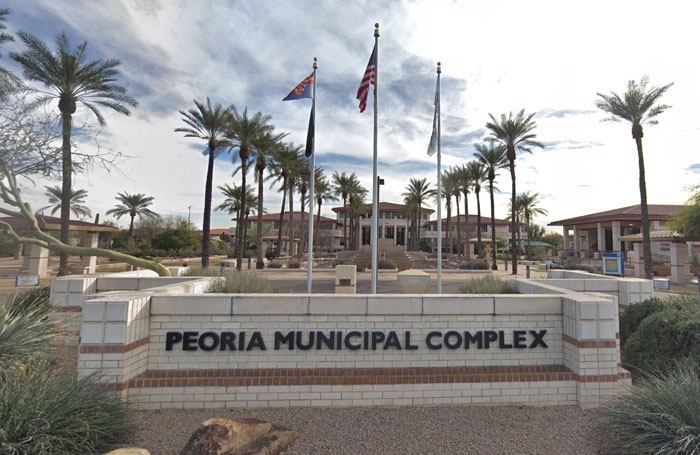
Situated in the northern suburbs of the Phoenix metropolitan area, the popularity of Peoria continues to grow every year with seniors looking for a place to live close to all the major amenities and convenience of a major city (it’s only 11 miles from Phoenix Sky Harbor Airport.) It’s surrounded by some of the most beautiful desert mountain landscape in the nation. With an average low in winter of 55 degrees and an average summer high of 95 degrees, it is an ideal climate for many seniors looking to relocate!
Best Retirement Community in Peoria, AZ
Desert Winds is the best retirement community in Peoria Arizona that offers Assisted Living, Pathway Assisted Living & Memory Care services. Call Desert Winds Retirement Community today at (623) 362-1200!
Desert Winds Retirement Community is located next to the border of Peoria & Sun City Arizona. They are located near tons of great shopping locations, tasty restaurants, golf courses, sports arenas, cultural centers, medical offices and more. Desert Winds is known as the best retirement community in Peoria Arizona.
-
Tucson, Arizona

With a population of just over half a million, Tucson continues to grow and is a great option for seniors wanting to be part of bustling city life. The city itself is a combo of the very modern and old western charm and flavor. With over 300 days of sunshine per year, it is a favorite with outdoor lovers. The city is a popular destination for lovers of the arts with many theatres and galleries and if you are looking for a city where you can enjoy the company of younger people, it is home to the University of Arizona!
-
Nogales, Arizona
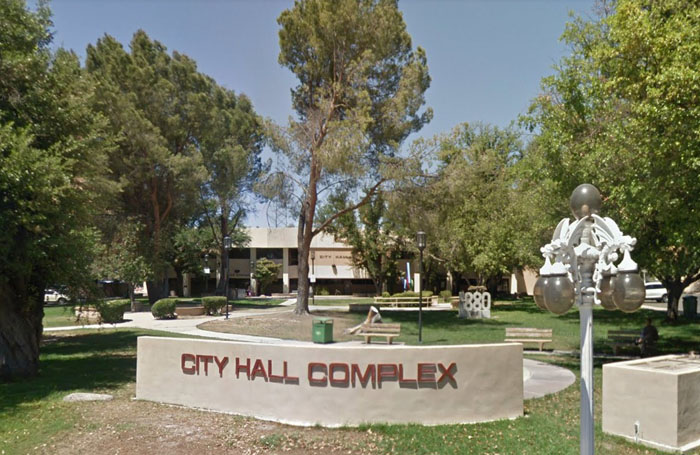
Situated on the Arizona-Mexico border, Nogales is blessed with a cooler summer climate that most of Arizona. An average daily high of just 77 degrees makes it ideal for seniors looking for a more temperate climate. It is a favorite place for walkers and hikers as the trails are not as extreme as other areas in the state. Being a border town, it will help if you can speak Spanish or be familiar with Mexican culture to take full of advantage of what Nogales has to offer.
-
Prescott, Arizona

One of the most historic towns in Arizona, Prescott, less than two hours from Phoenix, yet at an elevation of nearly 5500 feet has maintained its small-town feel despite a population of around 40,000. Whiskey Row (the main strip for nightlife) dates to frontier times. Increasingly popular with baby boomers, Prescott offers a cooler climate than Phoenix with older even historic, housing available downtown and modern retirement complexes available on the outskirts.
-
Yuma, Arizona
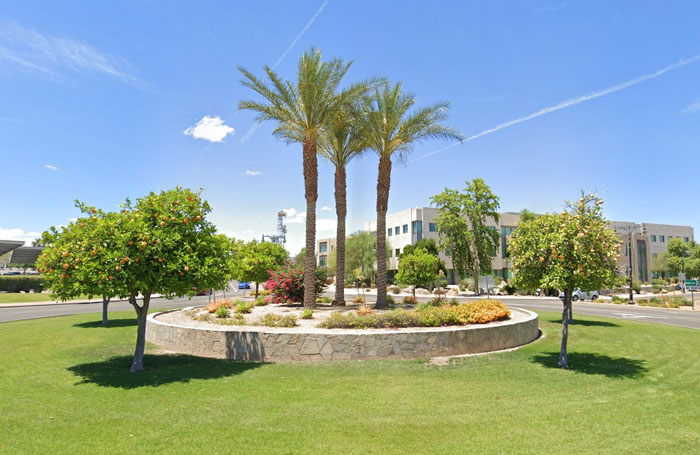
Yuma is known as just about the sunniest and driest spot in the USA. They get less than three inches of rain per year and over 330 days of sunshine! The city predates the 1849 California Gold Rush and much of the architecture of the city reflects that era. Lying on the banks of the Colorado River, Yuma has long been a US Army base and today still has a strong military community. Many seniors love Yuma as the cost of living is reasonable and there are many top-notch RV and mobile home communities.
-
Prescott Valley, Arizona
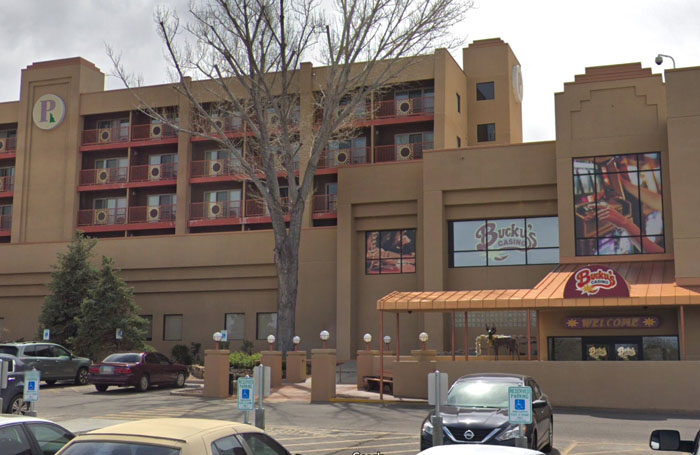
Prescott Valley is the younger brother of Prescott. A planned community originating in the 1960’s it has now expanded and virtually joined at the hip with Prescott as suburbs creep ever closer to each other. It is slightly cheaper than Prescott for seniors to live, especially as you go further east towards Humboldt-Dewey and Mayer, but with most local amenities still in Prescott, a car is essential. Prescott Valley is very senior-friendly with many activities and groups to interest the senior.
-
Litchfield Park, Arizona
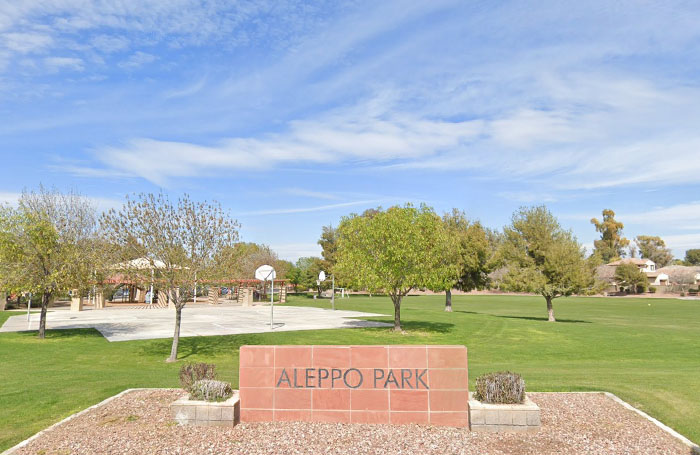
Located in the western suburbs of Phoenix, this small community (less than 6000) has an increasing senior population and may be ideal for seniors looking to permanently relocate to Arizona. Most people in Litchfield Park own their home and the community is known for embracing traditional American values. With an air force base nearby, it has a patriotic vibe. Although local senior-oriented amenities are fewer, everything is just a short car ride away in Phoenix.
-
Scottsdale, Arizona

One of the wealthiest cities in the country for its size, Scottsdale is home to many rotating arts festivals and fashion shows throughout the year and many seniors call the place home. It is also home to many private golf and country club communities, as well as being the home of The Phoenix Open (now sponsored by Waste Management.) Scottsdale is also home to many corporations and small businesses. Scottsdale is not the most affordable area in Arizona but has a lot to offer if it is within your budget.
-
Mesa, Arizona
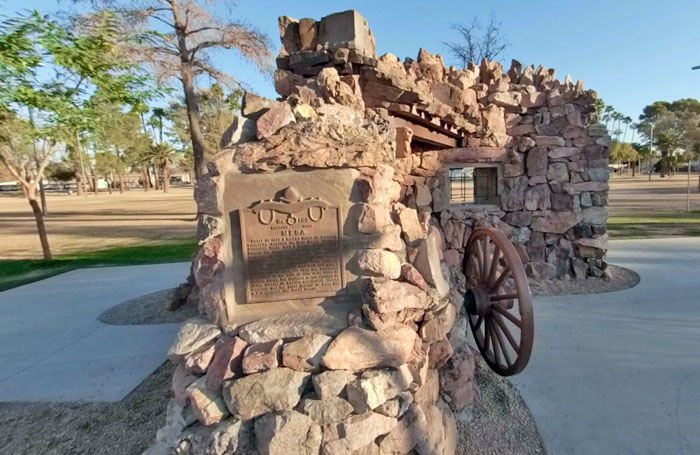
Situated in the heart of the east valley, the growing population of Mesa (fast approaching 500,000) has made it one of the most diverse and affordable cities in Arizona with a wide range of housing options and communities for nearly every taste. Seniors enjoy having access to shopping close by from the major brand stores to independent small businesses, as well as access to nearly all forms of medical care. Mesa is a diverse community, upbeat and friendly, therefore welcoming to the active senior.
According to NewHomeSource, Mesa is one of the best cities to retire in Arizona.
Best Retirement Community in Mesa, AZ
Canyon Winds Retirement Community is the best retirement community in Mesa Arizona that offers Assisted Living, Pathway Assisted Living & Memory Care services. Call Ventana Winds Retirement Community Today at (623) 583-2460!
-
Florence, Arizona
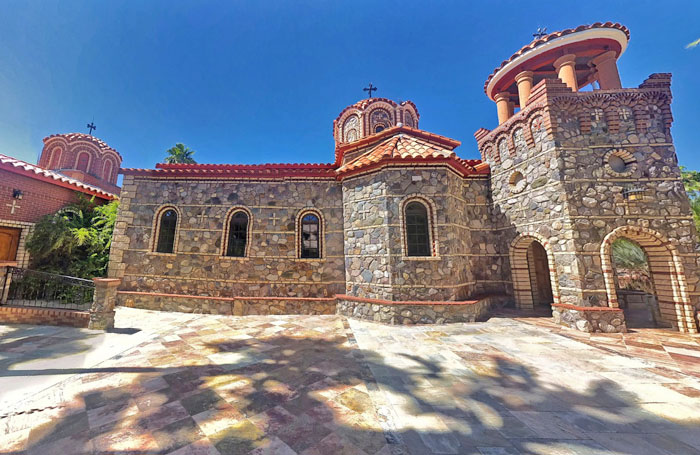
East of the east valley and nearly 60 miles from Phoenix, the city of Florence situated along US Route 60 is gradually becoming a more popular destination with seniors. A low cost of living is slightly offset by the fact you will have to drive to Apache Junction and Mesa for major grocery and big box stores. There is also a lack of dining options in the area. That said, the Sonoran Desert views are spectacular, and it is a few degrees cooler than the Phoenix metro area.
-
Sierra Vista, Arizona
Sierra Vista enjoys a great year-round climate and the cost of living is below average for Arizona!. Of course, being the hummingbird capital of the United States, if birdwatching is one of your hobbies then you are going to find joy in being surrounded by all sorts of birds that are not common in other areas of Arizona.
The closest airport is a 68-mile drive, but it’s still closer than some other locations on the list. But, to balance things out, there are many things to keep busy with. In warmer months, the Sierra Vista Aquatic Center is available for locals, which is known as The Cove by many. There are also the therapy spas, lap pools, and wave pool available.
-
Kingman, Arizona
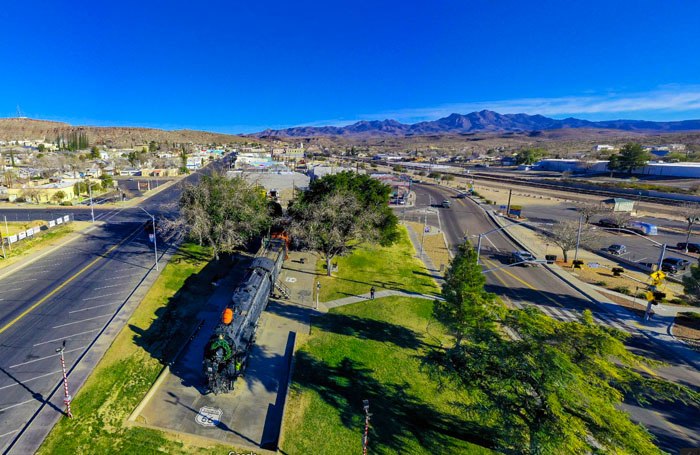
With just over a population of 28,000, Kingman offers many amenities for being a smaller place and is one of the best small towns in Arizona to retire. This is the location of the International Route 66 Festival, which is an event that lasts four days with a parade, car show, and much more. Also, just off the historic road is The Roadrunner Café, which continues to provide great breakfasts to locals and travelers.
Although, if you are interested in traveling by airport, you will have a 102-mile road trip ahead of you, which will likely take you down the historic route.
-
Sahuarita, Arizona

Just outside Tucson, Sahuarita is one of the fastest-growing cities in Arizona. With Tucson only twenty minutes away there is plenty of great dining and shopping options as well as medical professionals and facilities available for the active senior.
It is ranked as one of the safest cities in Arizona and there are many festivals and attractions for fun, including the annual Fiesta Sahuarita. Because Sahuarita has a high standard of living and a rapidly increasing population the cost of living is increasing but there are no property taxes. There are not as many retiree specific amenities as some cities but there are plenty of parks and over 17 miles of local trails.
-
Green Valley, Arizona
Green Valley is one of the most affordable senior-friendly cities in Southern Arizona. Situated just 20 miles south of Tucson, over 80% of the community is age-restricted and golf carts are legal to be driven on the streets. It is becoming very popular with active seniors because there are more than a dozen recreation centers, golf courses, swimming pools, fitness centers and a thriving arts and entertainment community.
A big reason for Green Valley’s increased popularity is the climate. The average year-round temperature is just under 69 degrees Fahrenheit. The dry warm climate is also popular for those with arthritis. With Tucson less than a half-hour drive away, there are plenty of shopping choices and medical options within easy reach.
According to Niche, Green Valley is the #1 place to retire in Arizona.
-
Cave Creek, Arizona

Situated in far northern suburbs of Phoenix, Cave Creek, at an elevation of just over 2200 feet is increasingly popular with seniors. People have lived in the area for over 1400 years but Cave Creek came of age in the 1950s and 60’s and still has a lot of the post WW2 charm with a big helping of old west architecture and street layouts. Seniors are moving to the Cave Creek area as it is slightly cooler than Phoenix, the landscape is more of a lush desert with beautiful views of Black Mountain. The cost of living is slightly less than Phoenix, too!
All the conveniences of the big city are just a short drive away. With low crime rates and great dining options, Cave Creek will only continue to grow in popularity.
-
Paradise Valley, Arizona
Paradise Valley is truly one of the most luxurious but also most expensive places to retire to in Arizona. The average property price is pushing $1.5 million dollars and the average household income is approaching $200,000 per annum. There are twelve very upscale resorts in Paradise Valley offering fine dining, spas and golf. High-end shopping abounds in Paradise Valley a nearby Scottsdale. With phoenix close by, Paradise Valley is also a hub for arts and entertainment and the wealthy local population ensures all kinds of medical doctors are available.
It is also very warm indeed. With temperatures often over 100 degrees for extended periods during the day in summertime and goes down to an average of 54 in January. Crime rates are about half the national average meaning it is a very safe place to live.
-
Cottonwood, Arizona
Cottonwood is a small town located in Central Arizona, the scenery is pretty and it is geared more for the outdoor country lifestyle than towns and cities in more suburban areas. Traditional its outlook, Cottonwood is probably best suited to independent seniors. Although it is a small town (population under 13,000) the nearby Verde Valley Medical Center is an award-winning facility.
Cottonwood has the advantage of being very walkable, though temperatures often top 100 degrees in the summertime. There are lots of activities geared for seniors however and plenty of music options and festivals throughout the year. The largest city of note is Prescott, nearly 60 miles away so there will be a bit of a drive if you want certain shopping options.
-
Golden Valley, Arizona

In the heart of Mohave County, Golden Valley is a quiet town but close enough to the cities of Kingman and Bullhead City to have everything the senior needs within a short drive. It is a very affordable place to live with average house prices less than $125,000. The temperatures in winter are mild and in the summer time somewhere between the mid 70’s and mid 90’s with the occasional high in excess of 100 degrees.
Golden Valley is situated in the desert and there are still plenty of undeveloped areas in the city and its surroundings. if you are looking to buy land and develop it, Golden Valley is definitely worth checking out. It is definitely a place for the active senior who enjoys rural life and is not dependent on having large shopping, dining and medical facilities on their doorstep.
-
Sedona, Arizona
Sedona Arizona is a well-known tourist destination, hosting many activities and sights to see for retirees. For example, Sedona is most known for their “Red Rocks“, which were seen in countless western films like, Jimmy Stewart’s “Broken Arrow”. The color effects displayed on the sandstone rocks during the sunrises and sunsets in Sedona are amazing! This beauty coupled with moderate climates and mountains that stretch for miles has made Sedona one of the most sought after retirement communities in the United States and one of the best places to live in Arizona for Seniors.
According to at least one source, Sedona Arizona is actually rated as one of the top 20 retirement destinations in the country. The arts and hiking are of the most notable here. Many music and film events such as the International Film Festival are hosted in Sedona, but most choose Sedona for its beautiful setting and warm climate.
Best Retirement Community in Sedona, AZ
Sedona Winds is the best retirement community in Sedona Arizona offering Assisted Living, Senior Independent Living, and Memory Care. Call Sedona Winds Retirement Community today at (928) 284-1021! Sedona Winds offers a plethora of amenity packages, activities, and retirement home floor plans to choose from.
-
Youngtown, Arizona
Youngtown Arizona is the home of the oldest retirement community in Arizona and in the United States of America. Youngtown relinquished its age restriction in 1999. Since then, Youngtown’s demographics evolved quickly making this town must-see if you are visiting the Phoenix Valley in search of retirement communities.
Youngtown sits right in between Olive Avenue and Grand Avenue on the south side. Youngtown is located around many great amenities and is a little over 30 minutes away from the downtown area in Phoenix. Freeway Access: Youngtown is close to the 303 and 101 freeways ensuring easy access to entertainment, sporting events, shopping, restaurants, and recreation. Due to its compact size, Youngtown Arizona is a perfect retirement community for bicycling and walking.
Best Retirement Community in Youngtown, AZ
Ventana Winds is the best retirement community in Sun City / Youngtown Arizona that offers Assisted Living, Pathway Assisted Living & Memory Care services. Call Ventana Winds Retirement Community Today at (623) 583-2460!
-
Surprise, Arizona
Surprise Arizona is located 45 minutes away from Phoenix, Surprise connects all aspects of your life including recreation, family, and work. Surprise is a charming community that is surrounded by the open Sonoran Desert, a regional lake, and mountain parklands.
Surprise neighborhoods are distinctive, clean, and unique. 9 out of 10 Surprise residents recommend Surprise to start a business. Surprise Arizona was founded by Flora Mae Statler in 1938. In 1938 Peoria was just 1 single square mile of farmland. In 2013, Surprise has grown to 120,000+ people in 2013. Statler’s daughter was convinced that she thought Surprise would never really amount to much.
Best Retirement Community in Suprise, AZ
Chaparral Winds is the best retirement community in Surprise Arizona that offers Independent Living, Assisted Living, & Memory Care services. Call Chaparral Winds Retirement Community today at (623) 544-4777!
Chaparral Winds Retirement Community is located on the border of Surprise Arizona and Sun City. Their retirement community offers many options to meet all of your retirement needs. They are conveniently located next to everything one might need including terrific restaurants, great shopping, cultural centers, golf courses, medical offices, and sports arenas.
Locations That Still Need Enriching

Each cactus has barbs of its own, and Arizona provided some among these great havens for retirees. El Mirage was ranked at the bottom of the list, with very poor scores in both weather and amenities, with an average summer temperature of 95 degrees. Trailing close behind was Marana, with few amenities for retirees, and a higher crime rate. While Avondale is a pretty location, it also came in the bottom of the list due to extreme summer temperatures and the crime rate.
With these locations aside, there is a lot that Arizona has to offer. For those that are seeking adventure or simply wanting to relax on the poolside, this state is able to shine some light on your golden years.
Why retire in Arizona?
The biggest reasons to retire in Arizona is there are major tax breaks, allergy-free living, beautiful parks, perfect weather, world renowned gold courses, plenty of diversity, and great health care according to LeisureCare.
Best small towns in Arizona to retire
The best small towns to retire in Arizona are Youngtown, Peoria, Sun City, Sedona, and Green Valley.
Is Arizona a good place for retirees?
Yes, Arizona is a great place for retirees to live and retire. According to SmartAsset, “Arizona, the land of cacti and dry heat, is understandably a popular place to retire, especially if you lived in a cold-weather place during your career and you’re eager to escape the snow. Certain cities in The Grand Canyon State, though, are even more appealing to retirees than others.”
Is Arizona a good state to retire in?
Kiplinger says there are many great places to retire in Arizona. According to Kiplinger, “Many other retirees have settled in Arizona year-round. The nation’s first active adult retirement community sprouted in Youngtown, Ariz., in 1954, and today 17% of the state’s 7.2 million residents are 65 and older.”
SLS Retirement Communities
We have 4 locations open and another location under construction in the state of Arizona which offer a variety of services and living arrangements. From independent living to fully assisted living we complement our services with highly sought after amenities including memory care. See below for the locations we currently have available.


